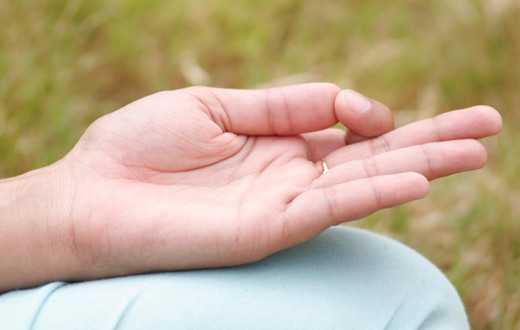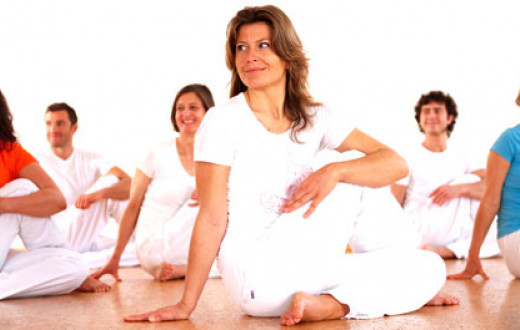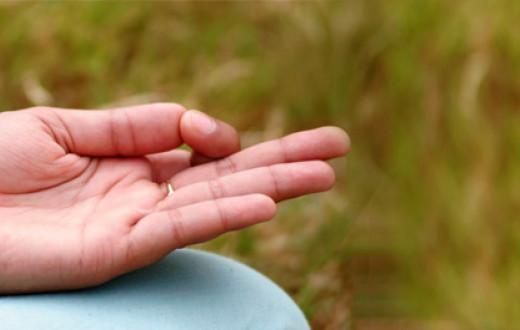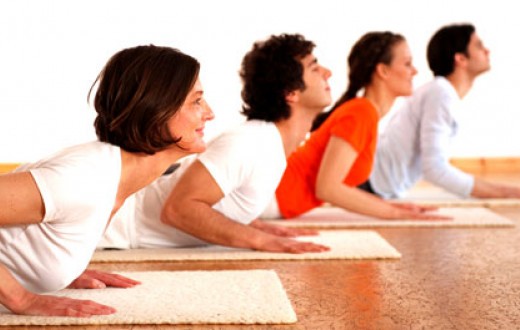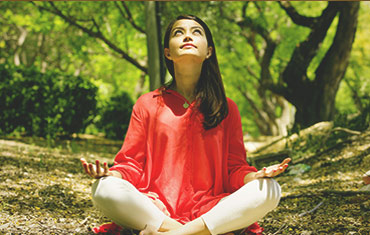
Guest writer, Brett Larkin, Founder & CEO of Uplifted Yoga, believes that yoga should be a way of life. She says that “You’ll be surprised at how it can foster your health and well-being and improve the quality of your life.”
She continues, "I've been practicing and teaching yoga for 15 years. I can attest how yoga has touched hundreds of thousands of our clients.”
Read on for her answers to frequently asked questions about yoga.
**********************************************************************************
There must be some good reasons many yogis or yoginis have been practicing yoga since time immemorial. This workout is more than just rolling out a mat and performing poses on it. It’s a combination of physical and mental exercises good for overall health and well-being.
Yoga isn’t just for yoga practitioners or enthusiasts; it’s for everyone. While performing poses and doing exercises look intimidating to some, anyone can commit to this form of exercise. Whether men or women, young or old and fit or fat, everyone can practice yoga and harness the power of its health benefits.
If you’re looking to jumpstart yoga, here are some basic questions you ought to know:
What is yoga, and how does it work?
The idea of yoga appears to be complex, as its practice worldwide has a variety. However, it’s a form of exercise that involves the mind and the body. Yoga entails a series of poses that include breathing and meditation.
It started as a spiritual practice derived from the Indian philosophy meant to foster physical health and well-being. Through time, it has evolved into what it is today.
Yoga primarily focuses on postures (asanas), breathing (pranayama), and meditation (dhyana) in the United States. In China, it’s considered a meditative movement, along with other practices like tai chi and qi gong.
As per yoga experts, there are eight limbs of yoga, not only asana, pranayama, and dhyana. Other parts of the practice include yamas (social ethics), niyamas (personal), dharana (concentration), pratyahara (turning inward), and samadhi (pure bliss).
What are some types of yoga poses?
As mentioned, yoga has a variety of exercises. Aside from breathing and meditation, it boils down to doing certain poses. If you’ve done planking once in your life, know that you’ve already done yoga.
But before you take the plunge, prepare your props like your yoga mat, blankets, straps, and even chairs. Once done, consider some of the basic poses as follows:
● Child's pose
It’s a default pause position that involves stretching your back, from your neck and shoulder to your spine to your hips and thighs to your knees and ankles. Use this to rest before you proceed to the next pose.
● Plank pose
It’s the most common exercise designed to strengthen your core, including shoulders, arms, and legs. While it's hard to last this pose, try your best to increase your seconds or minutes of planking.
● Cobra pose
It’s a back-bending pose designed to strengthen the back and improve spinal flexibility. It also stretches the chest, shoulders, and abdomen.
● Corpse pose
It includes lying on your back for an extended period as if you’re lifeless. While it looks easy, this end pose can be a bit challenging.
● Tree pose
It’s a balancing pose designed to improve balance and strengthen the core, ankles, calves, thighs, and spine. It’s considered the most popular yoga form.
What are some breathing techniques used in yoga and meditation?
In yoga, breathing must be a vital part of the overall equation. For one, it helps you focus and concentrate on your poses. Two, it helps reduce stress and relax your muscles. Finally, it helps calm your mind, which is best for meditation.
Below are some breathing techniques you can incorporate into your yoga and meditation:
● Abdominal breathing
It’s a form of belly breathing considered the most common technique. It’s as simple as inflating your abdomen by inhaling and emptying it by exhaling.
● Ujjayi breathing
It’s a form of deep breathing. This technique enables you to slow and smooth the flow of your breath. All it takes is to breathe in and out of your mouth while closed.
● Interval breathing
As the name suggests, it involves pausing and holding your breath for a few seconds during inhalation and exhalation. It helps you control your breath in the process.
● Alternate nostril breathing
This breathing technique allows the flow of your breath through each nostril, performed alternately. It’s best practiced a few minutes before meditation.
Here at The Art of Living Retreat Center, we follow a particular alternate nostril breathing technique. Start by placing the left hand on the knee, with the palm open to the sky and the index finger and thumb in contact. Then, put the right hand on your forehead, with the index and middle finger between the eyebrows. The little finger and the ring finger should be resting lightly on the left nostril, with the thumb pressed on the right nostril. Now, breathe out through the left nostril. Breathe in on the left, close the left side and open the right side as you exhale. Reverse the process to complete one cycle. Make sure that you take long, deep breaths with your eyes closed.
What are the health benefits of yoga?
Now, let’s take a look at the health benefits of yoga practice. Take note of the following:
● Balance and flexibility
As it involves certain poses and stretches, yoga makes you more flexible. In the process, you’ll have a sense of physical balance. In fact, the NASM Certified Personal Trainer and Resident Training & Nutrition Expert at Lift Vault, Matt Scarfo, said "Yoga has long been proven effective in creating balance and flexibility among our clients. That’s why we incorporate this in our workout programs, especially for women.”
● Pain reduction
Did you know that yoga is deemed effective in reducing body pain? Some studies show it yields promising results in alleviating lower back pain, neck pain, headaches, and knee osteoarthritis pain. In fact, the American College of Physicians suggests practicing yoga for chronic lower back pain as a first-line treatment.
● Weight loss
John Gardner, the Co-Founder & CEO of Kickoff, looked at the impact of yoga on weight loss. They studied how yoga practices help reduce the weight of some of their clients. It revealed that yoga helps reduce their body mass index (BMIs). Hence, they continue to include yoga in some of their customized workout and diet programs.
● Alleviation from chronic diseases
Yoga may not be the ultimate panacea in treating chronic illnesses like cancer, chronic obstructive pulmonary disease (COPD), and multiple sclerosis. However, Stephen Light, the Co-Owner and CMO of Nolah Mattress said that "yoga practice helps patients manage their health conditions and alleviate body pain. Overall, it significantly improves the quality of their lives." Hence, they continue to support yoga practice by providing quality mattresses designed for yoga.
● Fostering mental health
Yoga practice is good for mental health. For one, it helps patients relax and reduce stress. Also, it allows people to manage the symptoms of anxiety and depression. Lastly, it improves people's mental and emotional health, including their sleep and sense of balance.
Promoting Health and Wellness through Yoga Practice
There’s no denying the power of yoga for health and well-being. This workout involves more than just performing poses, stretching, balancing, breathing, and even meditating. Simply put, it’s a form of mindfulness exercise that strengthens the body and calms the mind.
As such, take note of the frequently asked questions (FAQs) about yoga discussed above. Also, consider the different types of poses and breathing techniques. Most importantly, be sure to take advantage of all its health benefits, from promoting balance and flexibility to fostering health and well-being.



